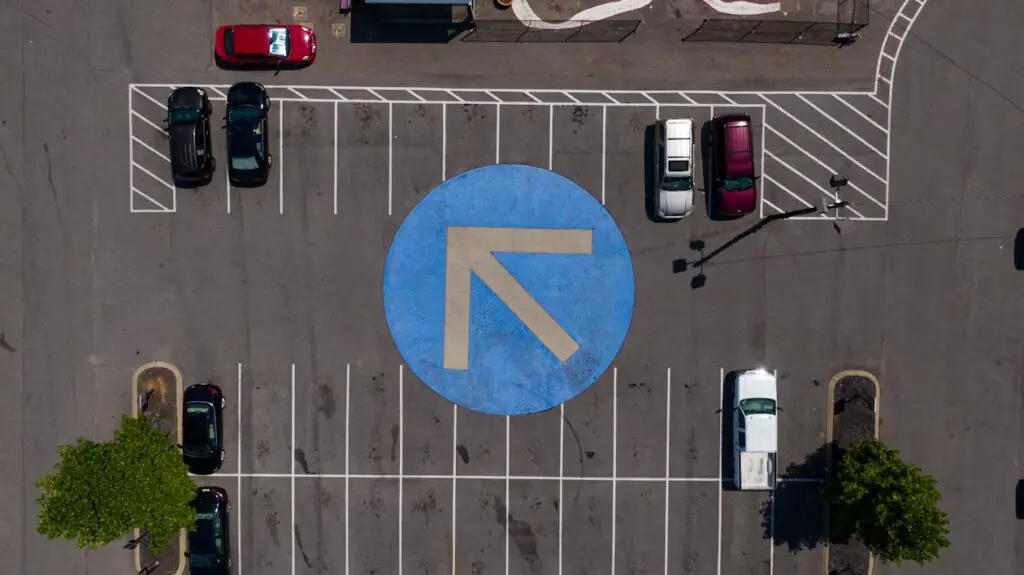When a person starts taking driving lessons for the first time, it may seem like an overwhelming and nerve-wracking experience, as they are suddenly tasked with mastering multiple skills at once, such as steering, braking, accelerating, and observing the road, all while maintaining awareness of their surroundings.
However, what most new drivers find hardest of all is the act of parking.
Well, the parking can indeed be a challenging task, unless you’ve done it plenty of times over the years and are an experienced driver.

Some of the challenges drivers come across when it comes to parking their vehicle are the narrow parking spots, busy parking lots, poor visibility due to weather conditions, blind spots, or the lack of parking sensors, and other distractions.
Reverse parking, a common driving practice that involves positioning a vehicle into a parking spot by reversing into, is considered tough by many, and that is the reason why many people avoid it and urge others to do the same.
For one, this form of parking requires plenty of practice, and is also time consuming. If the vehicle has significant blind spots, backing into a space can be more challenging and demand additional care.
Of course, there are also advantages that go with backing into parking spaces.
If your vehicle is parked in reverse, it would be much easier to drive when exiting because you will have better visibility of the oncoming traffic. Having the rear of the car accessible can make it more convenient to load and unload items from the trunk.
Backing into a space lowers the chances of hitting objects or other vehicles because you have a clearer view of their surroundings when entering the space.
Tell us what you think of this? How do you park your car?
Please SHARE this article with your family and friends on Facebook.
Bored Daddy
Love and Peace

